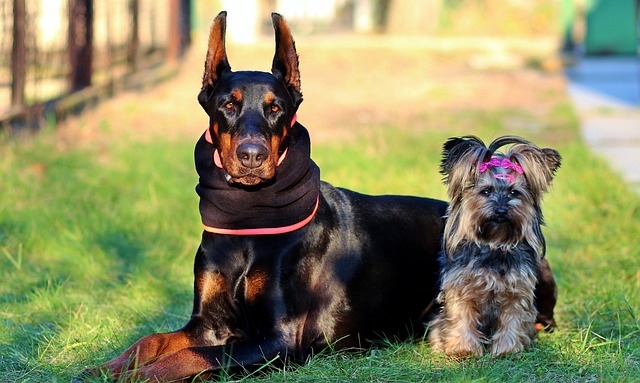
Why can't German Shepherds eat chicken
If you’ve heard “German Shepherds can’t eat chicken” from a fellow dog owner, you might be avoiding perfectly good food for your pup unnecessarily.
If you’ve spent hours Googling why your dog won’t stop scratching their ears or licking their paws, you’ve probably encountered endless mentions of “grain allergies” or “chicken allergies.” But here’s the surprise: The most common allergy in dogs isn’t food—it’s environmental allergies (often called atopic dermatitis). For new U.S. dog owners, especially those in apartments where dust and mold thrive, understanding this helps you skip the expensive food trials and focus on what actually eases your pup’s discomfort.
Environmental allergies happen when a dog’s immune system overreacts to everyday substances they breathe in or touch—think dust mites (hiding in carpet and dog beds), pollen (grass, trees, weeds), or mold (growing in damp apartment bathrooms or basements). Unlike humans, who get runny noses from allergies, dogs primarily show symptoms on their skin: itchy paws, red ears, belly rashes, or hot spots (raw, inflamed patches). My neighbor’s 4-year-old Goldendoodle, Max, used to chew his paws until they bled every spring—she initially switched to 3 different grain-free foods before the vet realized he was allergic to oak pollen. Vets report that 80% of dog allergy cases are environmental, while only 10–15% are food-related; the rest are contact allergies (to things like detergent or plastic bowls).

To spot and manage environmental allergies, start with a vet visit—don’t self-diagnose. They’ll rule out fleas (a common itch trigger) and may do a skin or blood test to identify specific allergens. For apartment living, focus on reducing triggers: Vacuum weekly with a HEPA filter (dust mites hate this), wash your dog’s bed in hot water (130°F) every 2 weeks, use a dehumidifier to fight mold, and keep windows closed during high-pollen days (check local pollen counts online). When your dog comes inside from walks, wipe their paws and belly with a damp cloth to remove pollen. For mild itching, vet-recommended oatmeal baths can soothe skin—reward your pup with a soft treat during the bath to make it positive; never scold them for scratching (it’s a sign of discomfort, not misbehavior), which violates U.S. animal welfare standards.
Before starting any allergy treatments (like antihistamines prescribed by your vet), confirm your dog’s rabies vaccine is up to date—required in all U.S. states. Environmental allergies often make dogs’ skin vulnerable to infections, so keeping up with vaccines is critical. When walking, always carry poop bags: Allergy-prone dogs may have sensitive guts, and leaving messes in apartment parks isn’t just rude—cities like Houston fine owners up to $200. If your dog licks their paws excessively during walks, stick to paved paths instead of grassy areas to reduce pollen exposure.
The most common dog allergy is everywhere, but it’s manageable. With vet guidance, simple apartment tweaks, and kindness, you’ll help your itchy pup feel like their happy self again.

If you’ve heard “German Shepherds can’t eat chicken” from a fellow dog owner, you might be avoiding perfectly good food for your pup unnecessarily.

Standing in the pet food aisle staring at shelves of wet and dry options for your new German Shepherd can feel overwhelming.

If you’ve spent hours Googling why your dog won’t stop scratching their ears or licking their paws, you’ve probably encountered endless mentions of “grain allergies” or “chicken allergies.”

You might’ve spotted nutritional yeast in your pantry—often used to add a cheesy flavor to plant-based meals—and wondered if you can share a sprinkle with your pup.

You’ve just noticed your golden retriever, Bailey, limping slightly after a day at the local dog park. As a new pet parent in the U.S.,

If you’re daydreaming about bringing home a standard poodle, one of the first questions popping up is probably how much space they’ll take up—both on your couch and in your life.